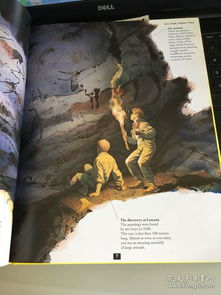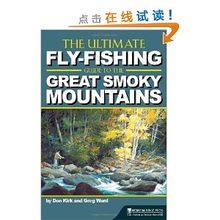
Content:
Introduction: Fly fishing is an art form that requires patience, skill, and a deep understanding of the water's dynamics. One of the most crucial aspects of fly fishing is understanding how to fish with the flow. By mastering this technique, anglers can present their flies more effectively and increase their chances of catching fish. In this article, we will delve into the essential techniques and tips to help you fish with the flow like a pro.
Understanding Water Flow: Before we dive into the fishing techniques, it's important to understand the basics of water flow. Water flow can be categorized into four types: still, slow, medium, and fast. Each type of flow requires a different approach when fishing. Here's a brief overview of each:
Still Water: Still water is often found in ponds, lakes, and the backwaters of rivers. It requires delicate presentations and precise timing to catch fish.
Slow Water: Slow-moving water, such as eddies and slack water, is ideal for fly fishing as it allows the fly to drift naturally and mimic the natural movements of insects.
Medium Water: Medium water flow is found in riffles and runs. It requires a more active approach, as the fly needs to be retrieved quickly to keep up with the current.
Fast Water: Fast water, such as rapids and waterfalls, is challenging to fish but can be productive if approached correctly.
Techniques to Fish with the Flow:
Cast with the Flow: When casting in the direction of the current, ensure that your fly lands upstream of the target. This allows the fly to drift naturally towards the fish. If you cast downstream, the fly may get caught in the current or appear unnatural to the fish.
Use a Tailing Loop Cast: The tailing loop cast is an effective technique for fishing with the flow. It involves casting upstream and allowing the fly line to form a loop that tails behind the fly. This loop helps to control the fly's movement and allows it to drift more naturally with the current.
Adjust Your Leader Length: The length of your leader plays a significant role in how your fly behaves in the water. In fast water, use a shorter leader to ensure the fly reaches the fish quickly. In slow water, a longer leader allows the fly to drift more naturally.
Use a Piscatorial Technique: The piscatorial technique involves presenting your fly in such a way that it mimics the natural movement of fish. To do this, cast your fly into the current and allow it to drift naturally. Then, use a series of twitches and pauses to mimic the struggling or swimming movements of a fish.
Be Patient and Observant: Fishing with the flow requires patience and a keen eye for detail. Observe the water's flow, the behavior of the fish, and the movements of insects. This will help you make informed decisions about your fly presentation and tackle choice.
Use the Right Tackle: Choose the right rod, reel, and line for the water conditions you're fishing. A light rod and line are ideal for still and slow water, while a heavier rod and line are better suited for medium and fast water.
Adapt to Changing Conditions: Water flow can change rapidly, especially in rivers. Be prepared to adapt your technique as needed. If the water flow increases, consider using a heavier fly and line to ensure your fly reaches the fish.
Conclusion: Fishing with the flow is a skill that takes time to master, but it can significantly improve your fly fishing experience. By understanding the dynamics of water flow and applying the techniques outlined in this article, you'll be well on your way to becoming a more effective fly fisherman. Remember to practice patience, observe the water closely, and adapt to changing conditions. With practice and persistence, you'll soon be able to fish with the flow like a pro.












